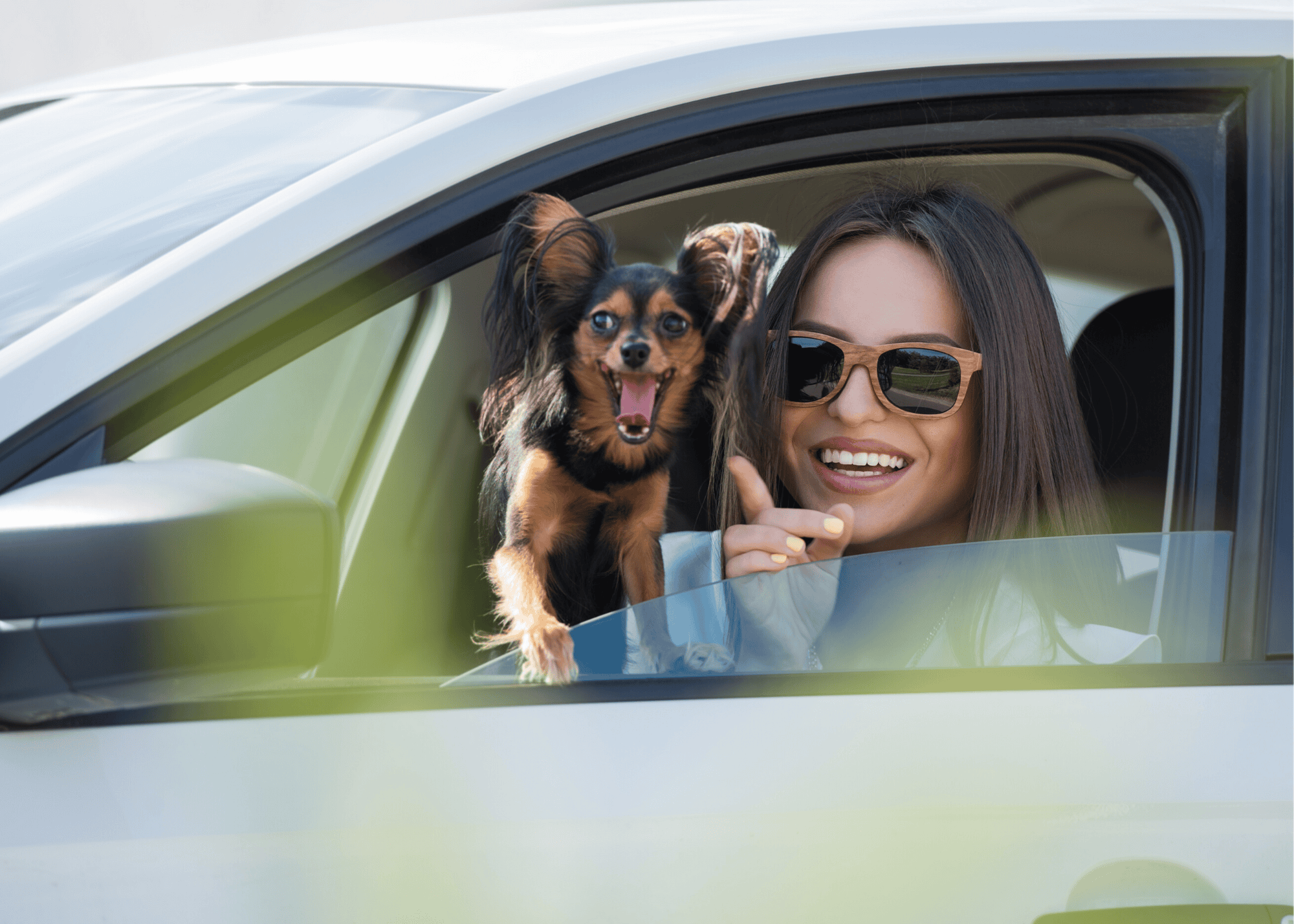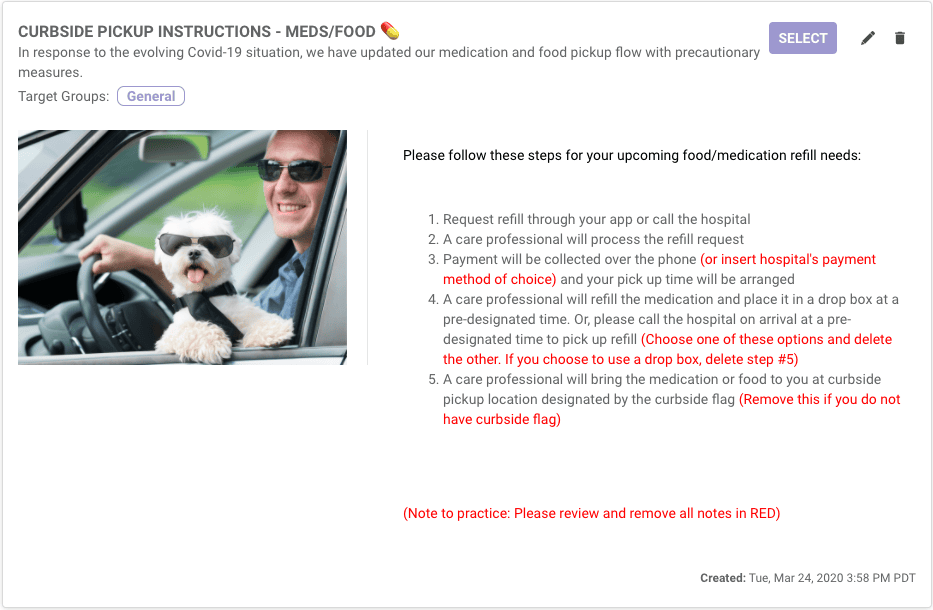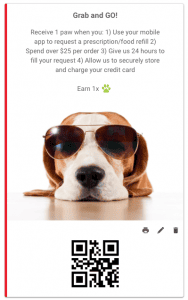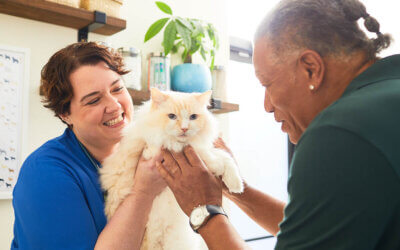As communities continue to grapple with the Covid-19 pandemic, it’s hard to make sense of the almost daily updates and changes affecting business operations. This outbreak is causing massive fear and uncertainty as veterinarians attempt to provide continuity of care to their patients, while also trying to minimize their own exposure. If one thing’s for sure it’s this: pets will continue to need healthcare and medications refilled by their trusted veterinarian. No matter the natural disaster or health crisis, my sweet dog Myra still needs her Rimadyl. In the wake of this constantly evolving situation, a growing number of veterinary hospitals have resorted to keeping clients out of their facilities entirely. The solution? Curbside appointments and medication pickup. If you’re looking to implement this approach to patient visits at your practice, consider these steps:
3 questions to ask when developing your curbside protocol
Make sure your new SOP is published in writing, clearly displayed in the hospital, and reviewed and monitored daily. Some things to consider are:
1: What are your hours of operation?
Many hospitals are operating “business as usual” and have not altered their hours, while others have adjusted based on a temporary decrease in routine services being offered. Whichever category you fall in, you should consider introducing “Senior Hours” for senior citizens, pregnant women and other vulnerable clients. Even if you’re only allowing pets in your hospital, “Senior Hours” are a great way to cater your services to your at-risk pet owners who might already be out running errands.
2: How will your hospital flow?
My advice? Keep it simple. Rather than posing this question to clients, I recommend developing a system that works best, then provide concise written instructions to your team and clients. Consistency is key and gives you and your team the opportunity to turn your initial discomfort into a well-oiled machine. You will need to clearly define what each team member’s role is in this process and follow CDC guidelines regarding PPE and social distances. North Carolina State Veterinary Hospital recently published their updated precautionary protocols in response to the Covid-19 crisis, which I have adapted to incorporate into your practice’s Vet2Pet App. Full deets can be found here.
A successful system may look like:
- Client to request appointments through the hospital’s app or call the hospital.
- Client to call the hospital when they arrive and remain inside of their vehicle.
- A care professional will discuss patient needs by phone when the client arrives.
- At the end of the phone conversation, a care professional will come to the parking lot to bring the pet (animal) into the building for evaluation.
- After the medical team evaluates the animal, the pet owner will receive a phone call to discuss recommendations and a plan moving forward. Verbal consent for treatment and details surrounding financial estimates will be authorized via this phone call.
- Shortly thereafter the client will receive a phone call from a customer service representative to obtain a deposit via one of the hospital’s payment methods.

For prescription refill requests, make a few slight alterations and you’ll be good to go:
- Client to request refill through your hospital’s Vet2Pet App or call the hospital.
- A care professional will process the refill request or discuss what is needed by phone.
- Payment will be collected over the phone or via the hospital’s method of choice.
- A care professional will refill the medication and place it in a drop box at a pre-designated time. Or, the client will call the hospital on arrival at a pre-designated time to pick up refill.
- A care professional will come to the parking lot to bring the medication or food to the client at curbside pickup location.
What I really love about these protocols is that it incorporates three vital players from the hospital: the CSR, the technician, and the veterinarian. The reality is that veterinary clinics need to stay open, and this is one way to keep paying your staff.
3: How will you accept payment?
At this point, I’m sure you’re well aware that there are a multitude of payment options available to you. One easy method is the tried-and-true pay over the phone approach. Many practices utilize a merchant account that integrates with their practice management software, which then allows the hospital to safely and securely store credit cards on file. Some clinics have found success with embedding a payment button on their website. And of course, you can always link a Stripe, Venmo or Paypal account to your hospital’s bank account. Whatever you choose, be sure to communicate the preferred method of payment to your team and clients, and be prepared with a back-up plan in case your internet or phone lines are down (sound familiar, anyone? Or was that just a common theme in my previous life as a practice manager?)
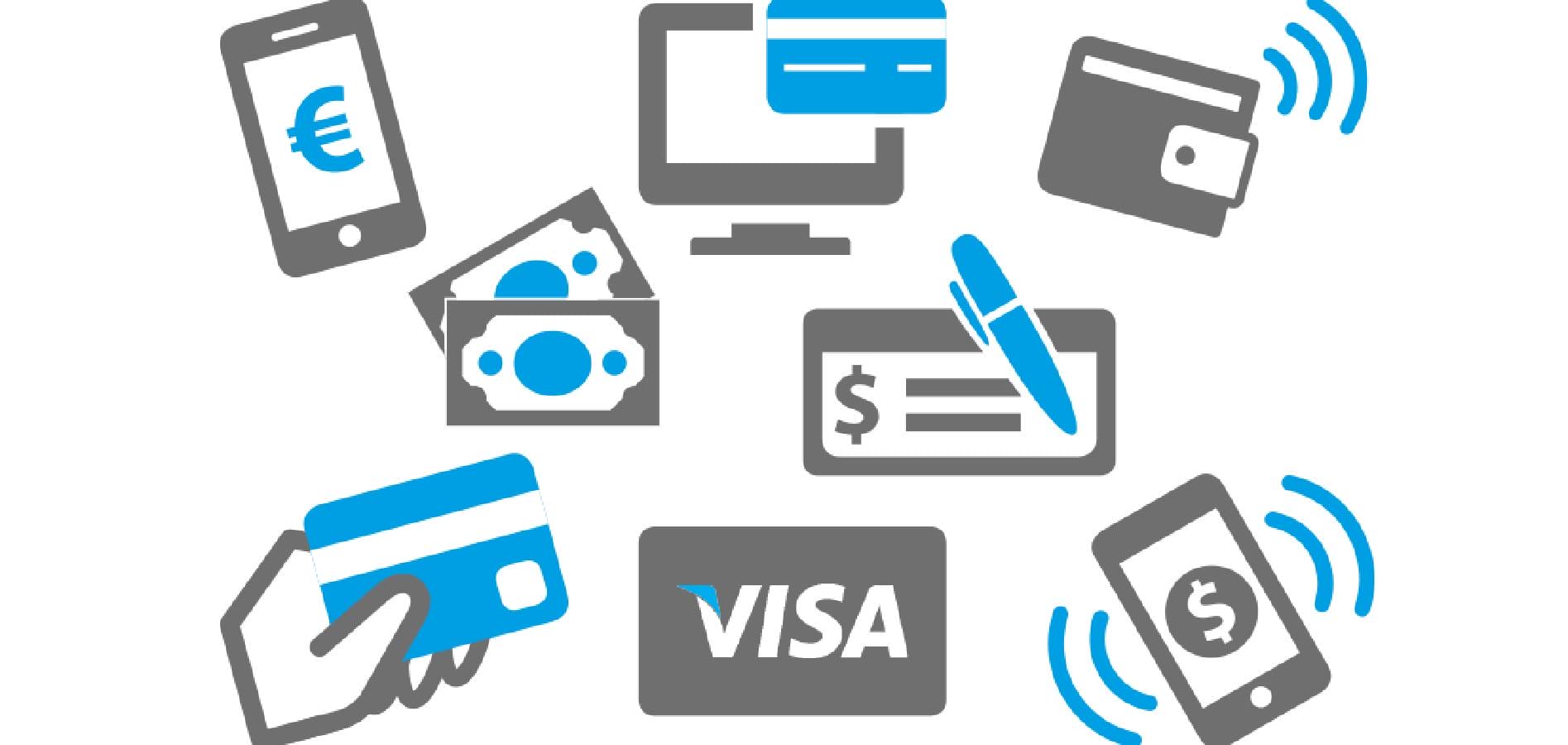
3 ways to use your app to increase efficiency and educate clients
Once you’ve landed on a protocol, you’ll be ready to deploy it for beta testing. Your Vet2Pet App is a powerhouse of capability and holds the key to unlock your client communication doors. Follow these steps to ensure your clients receive and understand your new procedures:
1: Designate parking
Order your Curbside Pickup Parking Spot Flag – You can use this parking spot flag as a reference point when instructing your clients where to park.
2: Send notifications
Schedule a push notification from your Dashboard to notify all app users of your new procedures for both refill requests and patient visits. The examples below are templates located in your Dashboard (Push Notifications>Suggested) and can be edited to your liking!
For patient visits, send push notifications with pertinent information, instructions and requests prior to their appointment. Now more than ever is the time to get those creative juices flowing. Maybe clients will have to use a magic marker to indicate the masses they’re worried about. Or you might have to ask them to send you a picture of their dog’s diarrhea if it’s just too watery to collect a sample. And you know what? That’s okay. Do what you need to do to uphold your standard of care from a distance.
3: Manage requests through the app
Create a canned response to Prescription/Food requests placed through the app. When the order is ready to pick up, remind them it will be via Curbside Pickup. Here’s an example:
Fluffy’s medication is ready to be picked up tomorrow at 4pm. Please call the hospital when you arrive and remain in your vehicle. We will process payment over the phone and a care professional will bring Fluffy’s medication to your car. Thank you!
4: Incentivize clients
Use this as an opportunity to create and promote a Grab ‘N Go stamp.If you’re being stretched a little too thin in the refill request department, consider creating this stamp to build in a 24-hour waiting period and encourage your clients to use their app for refill requests.
The exponential spread of the coronavirus has undoubtedly pushed the veterinary industry into uncharted territory. But if there’s one thing I’m sure of about vet people, it’s this: We are the MacGyvers of the healthcare industry. By using the tools provided (and likely some of your own) you will pave a path to the once unknown world of curbside services. We’ll all get through this together. ?
As always, your App Success Coaches at Vet2Pet are here to help you navigate through this unprecedented time. To schedule some time to review your app with your coach, please click here.
